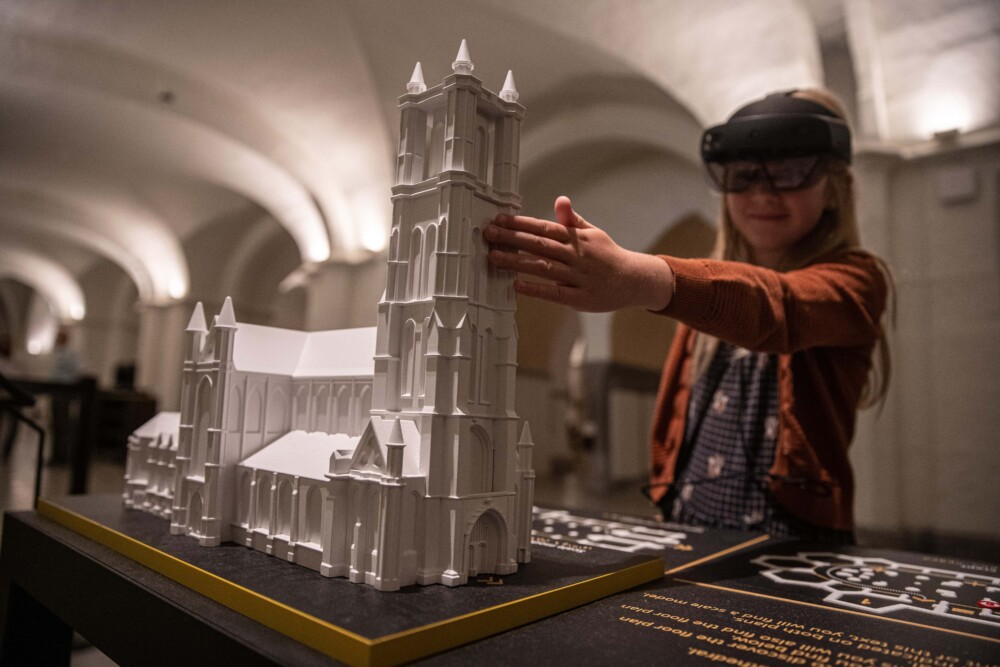The Mystic Lamb The tremendous tale of a masterpiece
The Adoration of the Mystic Lamb, also known as the Ghent Altarpiece, is a masterpiece without equal. Notably, it is also the most frequently stolen piece of art of all time, has escaped devastating fire several times, and has even been partially sawn through. Immerse yourself in the fascinating history of this gem.
May 6th, 1432, was a turning point in Western art history. That day, the Adoration of the Mystic Lamb was first installed in St. Bavo’s Cathedral in Ghent, where it remains today. This masterpiece by the brothers Jan and Hubert van Eyck is recognized as one of the greatest art treasures of the Western hemisphere. It is an exceptionally beautiful, monumental work consisting of twelve panels, each depicting a Biblical scene. The artistic value of this polyptych is beyond question, but do you know about its stormy history? Travel back in time on its wild rollercoaster ride.
The first loop-de-loop, as it were, was in 1566. During the iconoclastic fury, an angry crowd targeted the Mystic Lamb. When they finally broke into the cathedral, the masterpiece seemed to have disappeared into thin air. The wardens of the cathedral had hoisted the work to the bell tower, panel by panel. This is how it escaped certain destruction. In 1781, it was a question of censorship. Because Holy Roman Emperor Joseph II took offense at Adam’s and Eve’s naked depictions on two of the side panels, they were temporarily removed. Not much later, French troops seized the work. They brought it to Paris by horse and cart. Finally, after the Battle of Waterloo (1815), it returned to St. Bavo’s Cathedral in Ghent. When the cathedral went up in flames seven years later, the masterpiece was rescued from the fire in the nick of time.
In 1897, the Mystic Lamb was located in Berlin, there too in jeopardy. Because the side panels are painted on both sides, they cannot be displayed simultaneously – so some brainiacs thought it a brilliant idea to see the side panels in half vertically. During the First World War, the work was back home, where the panels were hidden in two residential houses, under the floor and behind a wall. During WWII, the Mystic Lamb was once again seized and transferred to the salt mine in Altaussee, Austria. There, the masterpiece once again narrowly escaped destruction.
The Mystic Lamb returned home after the war, but unfortunately in an incomplete state. In 1934, two panels of the masterpiece were stolen. One of them, the Just Judges panel, is missing to this day. This mystery has inspired and continues to inspire amateur detectives to come up with many explanations, including conspiracy theories.
It’s a crazy history full of thefts, riots, censorship, fires and other mutilations. There are still many unknown stories about the Mystic Lamb for you to discover. A visit to the masterpiece in St. Bavo’s Cathedral and its visitor’s center will unveil its secrets; the history of this gem is too dizzying to remain unknown.
